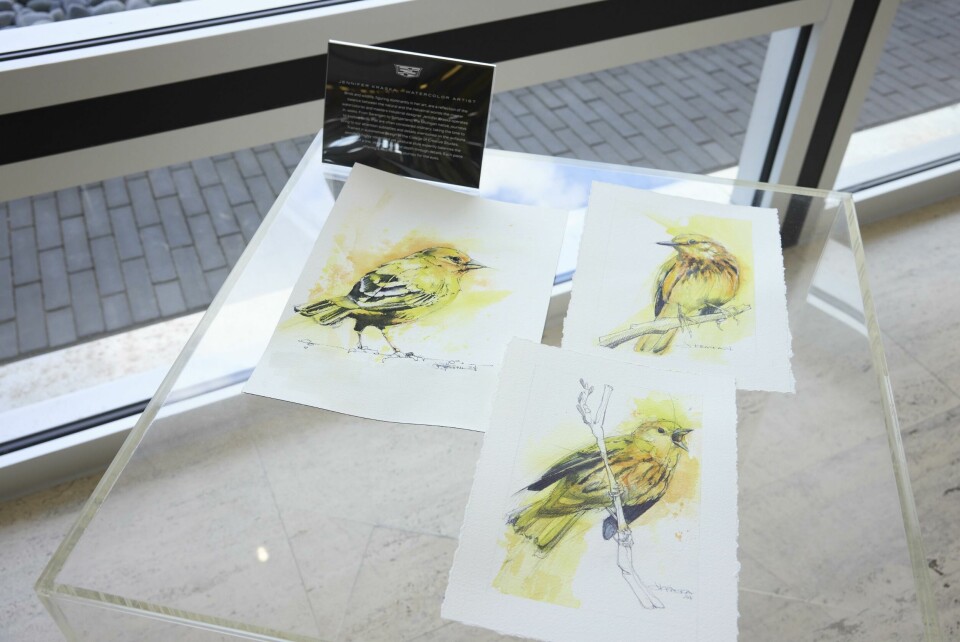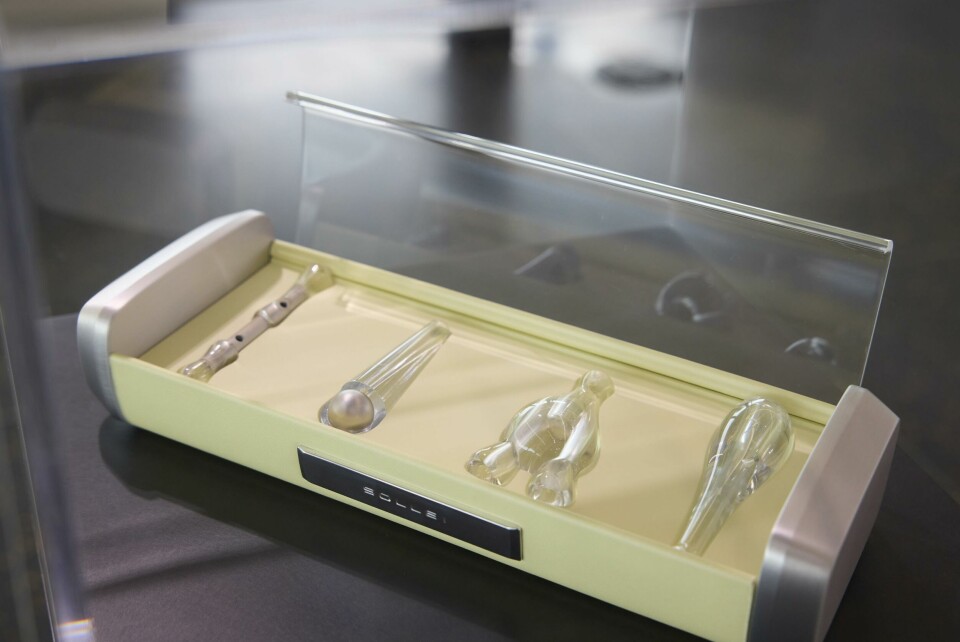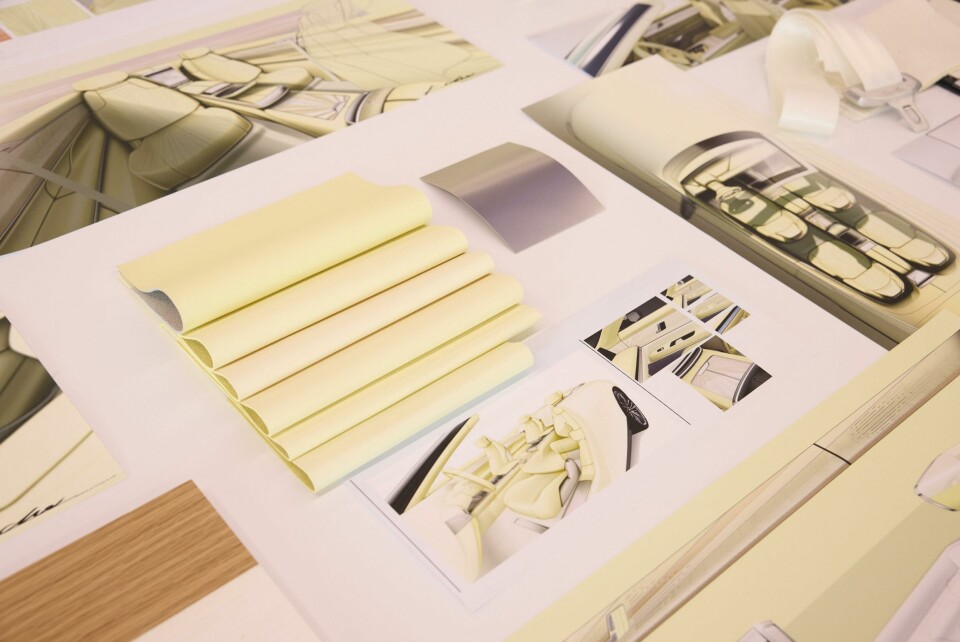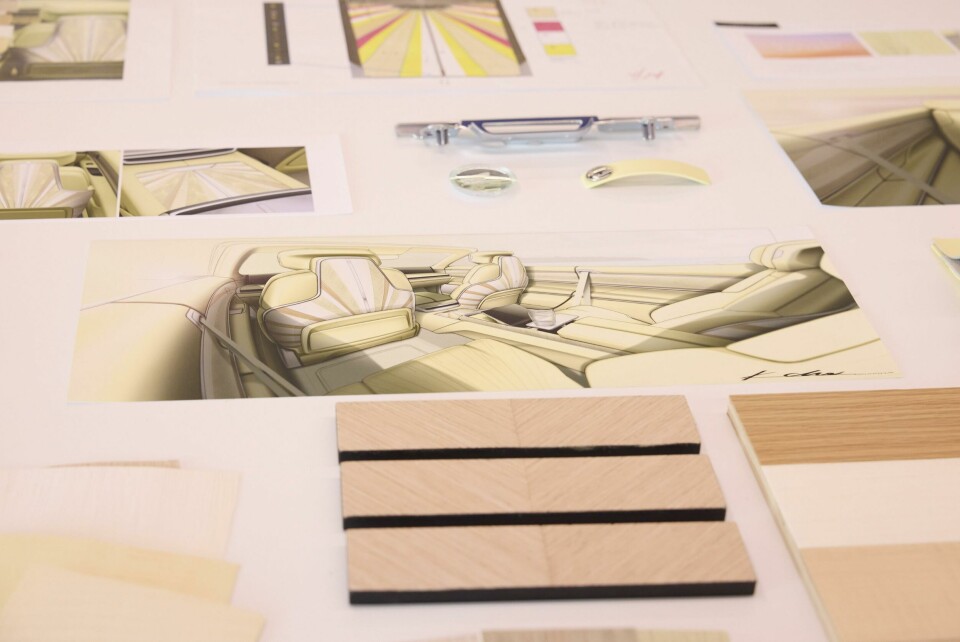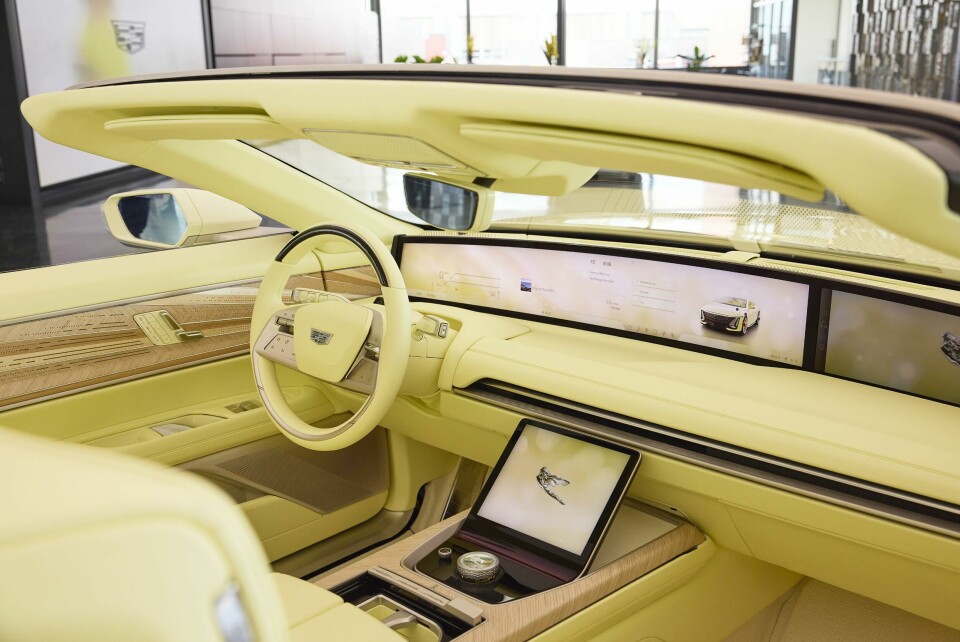
Interior Motives: Cadillac Sollei
Interior Motives takes a deep dive into the interior of the Cadillac Sollei concept, and speaks with the design team behind it
The notion of “Endless Summer” might be best associated with The Beach Boys and California surf culture, but now Cadillac proposes to expand the dream with the introduction of a dramatic new convertible concept car, the Sollei.
A full-size ragtop in the Cadillac tradition of magnificent convertibles, the Sollei (‘sun’), is a four seat touring car that is a close cousin of the well-regarded Cadillac Celestiq, the marque’s bespoke ultra-luxe electric sedan, that went into limited production late last year.
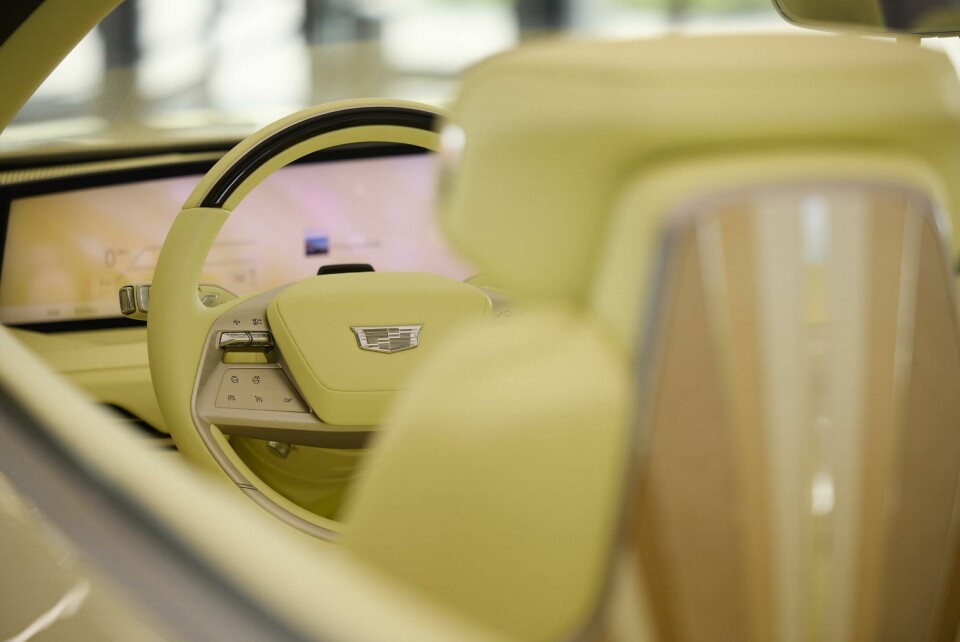
The design language of the Sollei is similar to the Celestiq, minus the glasshouse, and with a strong character line running from headlight to taillight, emphasising the length of the car. Two broad doors – very broad – allow generous access to the interior, to both front and rear seats, and provide a canvas for elegant material combinations on the interior.
As striking as the exterior styling of the Sollei is, what one might first notice is the pastel yellow of the car, a heritage colour brought back and hand-mixed for this occasion. Called “Manila Cream”, the colour palette was originally used on the 1957 and 1958 Cadillacs.
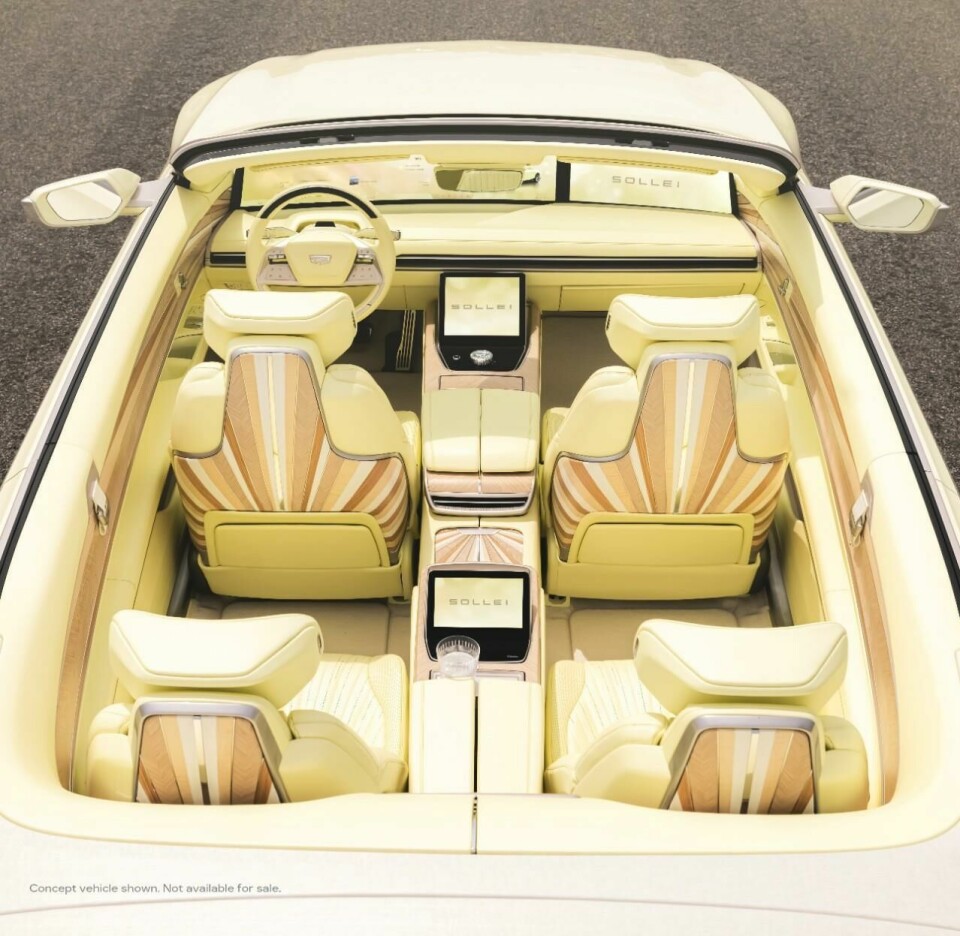
“The original brief for the Sollei concept focused on creating an interior that reflects the client’s personal taste, personality and style,” says lead interior designer Keunhyuk Choi. “The Sollei reimagines travel by offering a personalised driving experience that connects with nature, merging Cadillac’s heritage of elegant convertibles with modern luxury. This bespoke, high-luxury vehicle allows drivers and passengers to explore the world through innovative design and design freedom. As the ultimate expression of a coach-built luxury electric convertible, Sollei pushes the boundaries of future bespoke commissions, tailored to the unique passions and interests of its clientele.”
The target demographic is, like the Celestiq, very high net worth individuals for whom the Sollei would be a bespoke touring car. “The ideal customer demographic for the Sollei is high-luxury clientele seeking a personalised and elevated driving experience. Attracted by the ability to tailor the interior cabin to their unique taste, personality, and style, these clients value bespoke design and exclusive features. The Sollei meets their needs with harmonised user experience screens, coordinated themes, materials, and digital interfaces that offer a fully individualised approach.”
Beyond establishing the brief and customer demographics, the design began with a story. The design team met and devised a story about luxury travel out in nature, escaping the city, in a convertible, open to the sky and the surrounding landscape. The team discussed the ideal experience touring experience, the role of luxury and heritage materials in the design, as well as state-of-the-art electronics and technology. CMF designer Hannah Dunbar introduced bird watching into the narrative, and, as we will see, this resulted in a unique feature of the Sollei.
The interior of the Sollei is described by Cadillac as a 2+2, but it is clearly much more than that. Most 2+2 configurations have a rear seat that is more of an academic exercise than an actual functional rear compartment. The Sollei has a very spacious and fully developed rear compartment with luxury seating, phone chargers, a touchscreen, and an integrated beverage chiller with crystal glasses.
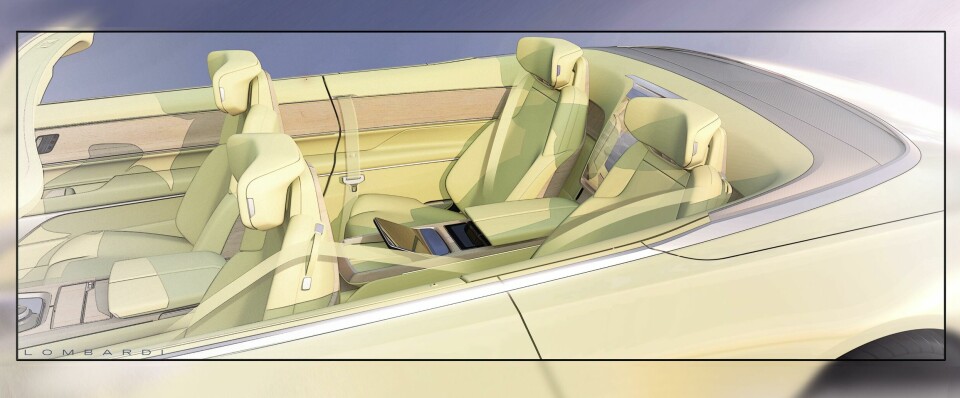
This spacious seating suggests great comfort and that the owners of the Sollei might employ a driver, allowing them to enjoy the ride (and also watch the birds). We asked the design team about this scenario, and they agreed it was a possibility. Like so many Cadillacs, then and now, the Sollei can be both a driver’s car or a personal limousine.
The inlaid wood along the door cards and the seatbacks was made of several wood types, including ash and oak, and is protected with a light sealant coating that allows for an open-pore finish. This means the texture of the wood can be felt, a very tactile contrast to the leather and metals used elsewhere in the interior and on the windscreen surround.
These sunburst patterns were quite complex to form because of the double curvature of the seats. Some of the strips of wood were curved, and some even “S” shaped to obtain the right visual effect in their final form. The wood marquetry is exquisite at every surface where it occurs and seems particularly fine where it interacts with surrounding materials-aluminum, leather, and the experimental Fine Mycelium.
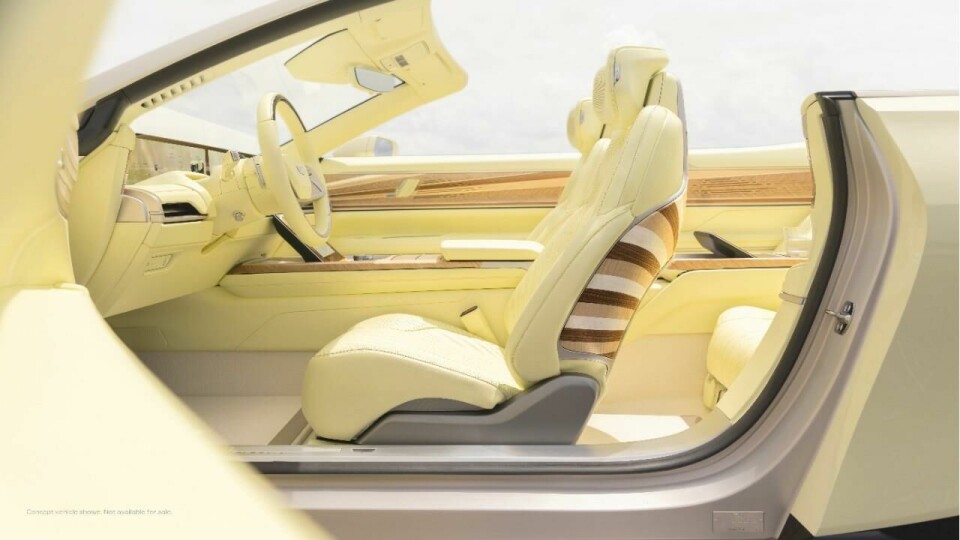
Developed by MycoWorks, this material is a tight weave of organic mushroom fibers that can be engineered to form a leather-like material. MycoWorks is already developing the material for fashion brands – notably Hermés – but thanks to an investment by General Motors is expanding into the automotive space. Fine Mycelium is used at the phone charging pads in the Sollei, as well as the inside of the doors’ map pockets. Future uses for this innovative engineered bio-material are being looked at and it is seen as having enormous potential.
“Cadillac is exploring innovative, bio-based materials with lower environmental impact as alternatives to more traditional materials,” says Laetitia Lopez, CMF design manager for Cadillac. “For the Sollei concept, we decided to collaborate with MycoWorks and explore the possibilities of this high bio-based content material and deliver a refined appearance, for both grain, colours and finish. The material is in concept phase, but through the Sollei’s development, we’ve learned a lot about Fine Mycelium’s capabilities relative to automotive applications.”
The seats themselves are covered in nappa leather, tinted a yellow similar to the Manila Cream exterior colour. Over this is a subtle pink tint that echoes the colour-shifting character of other elements in the interior, while a sunburst pattern is stitched into the seat fronts and speakers are built into the headrests.
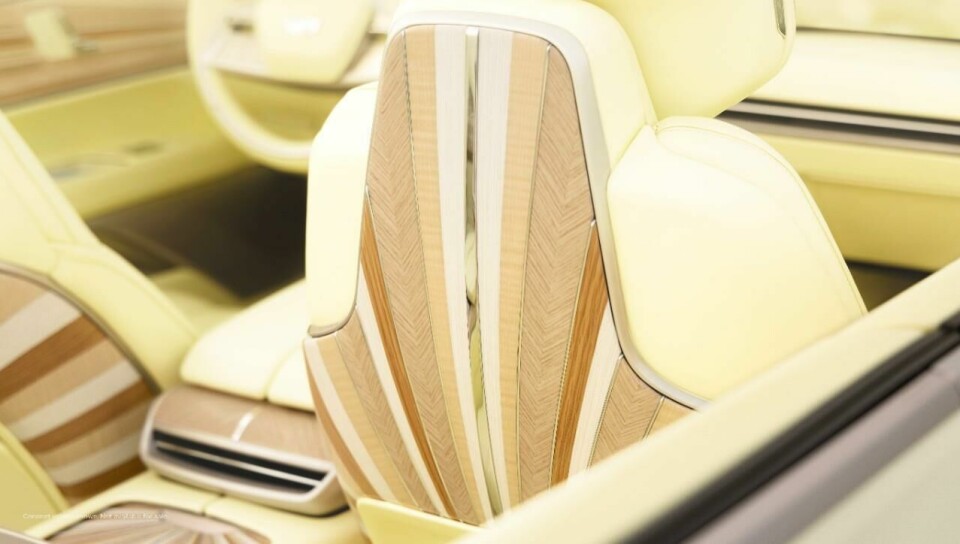
The bird-watching part of the origin story, as suggested by Hannah Dunbar, became a bespoke kit with a leather-bound logbook with beautifully illustrated birds sketched by a GM designer Jennifer Kraska. There is also a leather tool roll for instruments and pencils, and 3D printed acrylic bird calls presented in an aluminum and leather case.
The convertible top is made of a metallic roof fabric called “Daybreak”, which echoes the sun and colour shifting themes. A retractable hardtop had been considered, but would have limited the interior of the car, as the hardtop and retracting mechanism would have taken to much of the trunk and interior space. And, of course, competition such as Bentley and Rolls-Royce offer convertibles, so the Sollei is in good company.
State-of-the-art-electronics were not neglected in the interior of the Sollei. The 55-inch instrument panel and passenger screen extend pillar-to-pillar below the windscreen. And both front and rear compartments have their own touchscreens. And the steering wheel suggests that Cadillac would include its bespoke self-driving technology, Super Cruise.
The Sollei continues Cadillac’s tradition of fine touring convertibles. Its exterior suggests the fifties and sixties, while the interior suggests the thirties with its Art Deco-inspired sunburst motifs. And yet, the high-tech broad instrument panel and navigation screen, combined and with the front and rear touchscreens, experimental materials, and the car’s electric powertrain make it very much an artefact of the 21st century, able to celebrate Cadillac’s heritage while looking forward to a new era of luxury open-air touring.
